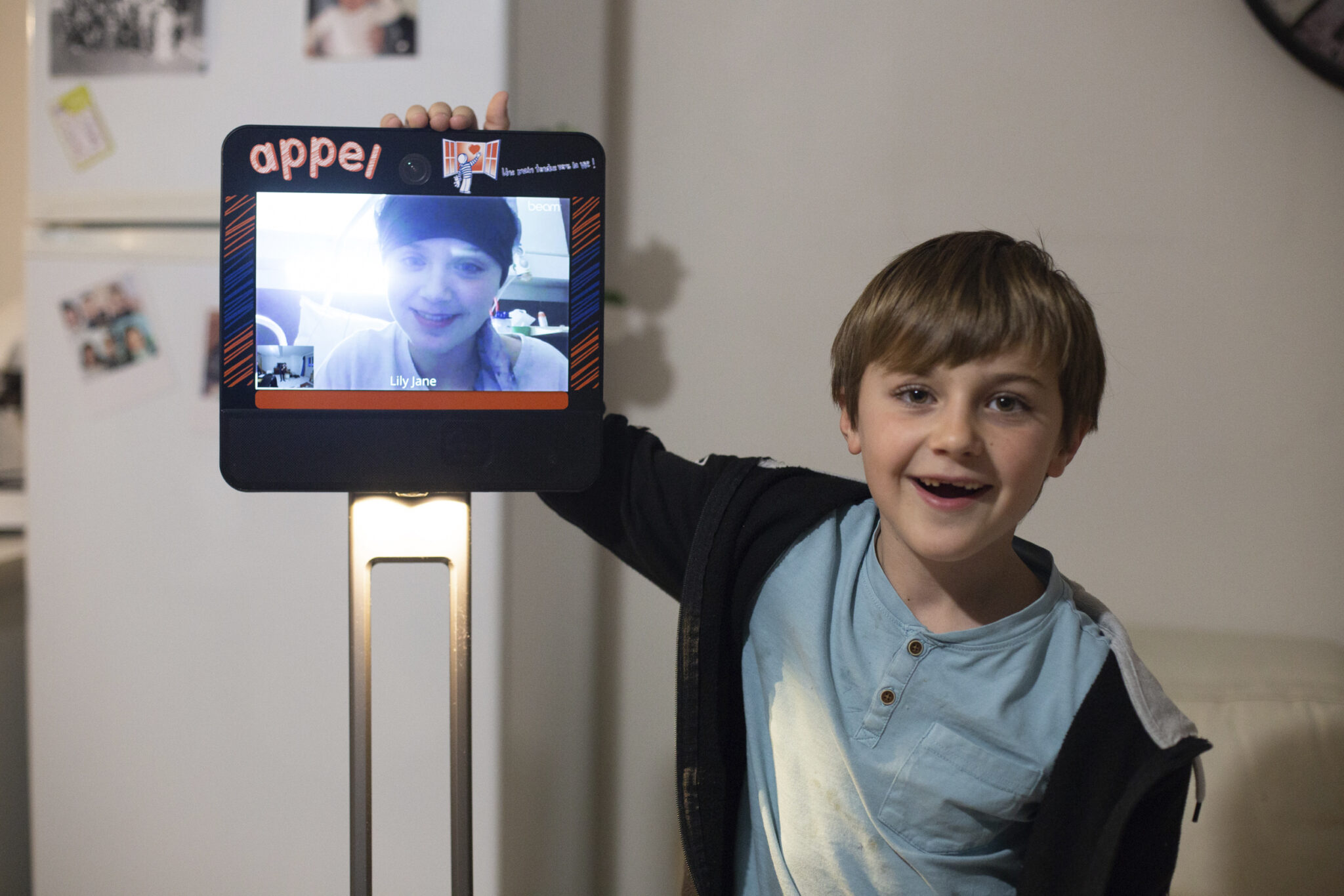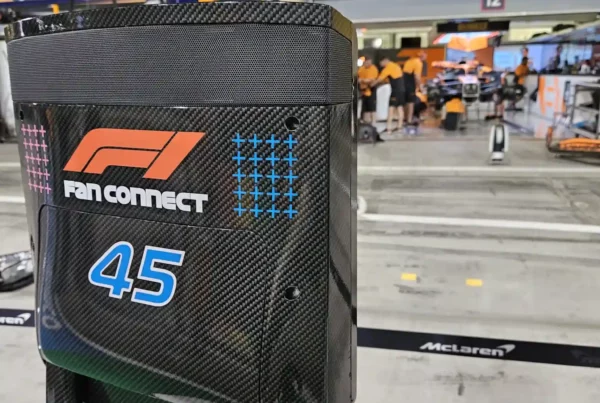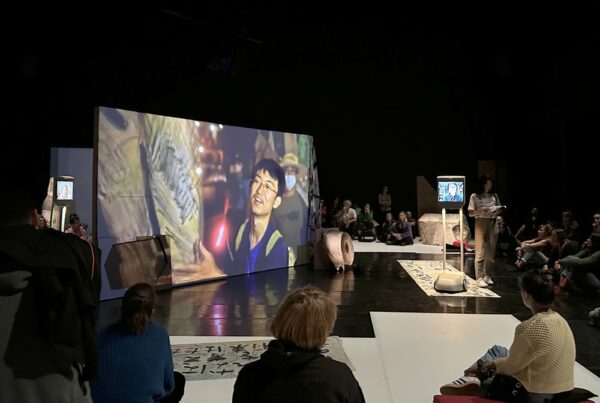In September 2016, the VIK-e adventure began at IHOPe, the Institute of Hematology and Pediatric Oncology at the Léon Bérard Center in Lyon. The objective: to provide young hospitalized patients with telepresence robots in order to maintain the link with their families during periods of prolonged isolation in protected units. For two years, the Victory in Innovation for Kids – electronic program was the subject of a human and social science study to observe the impact of the telepresence robot on children hospitalized in sterile rooms and their families. What are the conclusions?
Hospitalization better supported by patients
The VIK-e program, developed in conjunction with the Philanthropic Association of Parents of Children afflicted with Leukemia and other cancers (“APPEL”), the Awabot company and with the support of Bristol-Myers Squibb (BMS), was analysed in 17 IHOPe patients aged between 8 and 23. According to the study, continuing to be involved in family life through the use of a telepresence robot in the family home was at least beneficial for the vast majority.
Telepresence promotes the bond with siblings…
Being able to maintain a link with siblings, who are not allowed to enter the sterile unit unless they are 15 years old, is a major benefit for patients. Even simple interactions or games, in telepresence, help to maintain sibling relationships on a daily basis.
And it is possible to communicate “like at home”!
Moreover, the patients interviewed said they were much more inclined to communicate via telepresence than via videoconference. In fact, according to them, the freedom of movement and autonomy offered by telepresence allows for much more spontaneous exchanges, which are more similar to those that might take place in the daily life of the family.
A permanent and reassuring link for the family
Breaking the isolation of the hospitalised patient
The family and friends of hospitalised children have also noted how the telepresence system has helped to maintain links between parents and children, brothers and sisters, and other family members. Relatives also witnessed improvements in the quality of life of the hospitalised patient. The period of hospitalisation was experienced more serenely on both sides of the device, in hospital and at home
PROGRAMME VIK-e : discover testimonies in video
Maintaining family and social ties
Having access to the daily life of the hospitalised child or his or her family allows them to continue to participate in each other’s lives. Living simple moments together, such as a family meal, brings a bit of happiness to everyone’s life, even from a distance. It also means continuing to be close, to talk, laugh and play. These moments of sharing are crucial for mental health and the fight against illness.
The positive view of the medical profession
Caregivers’ views on telepresence devices are also more than positive. They stress the importance for isolated patients to continue to be aware of what is happening at home while they are away. Nurses in particular point to an unexpected benefit of the device…
The telepresence robot at the service of the patient-caregiver relationship
The telepresence robot was a way for them to get out of the care setting in order to learn more about the living environment of the young hospitalized people, and thus extend the topics of conversation. For example, the patient was able to show the nurses around his room or introduce his brothers and sisters to the nurses.
These elements might seem anecdotal, but for a patient isolated in a sterile room, they are very important: indeed, the patient shares his daily life only with the carers for sometimes many months.
A widely deployed and proven system
The use of the telepresence robot provides real benefits to patients hospitalised for long periods and avoids the effect of rupture and isolation caused by hospitalisation. Keeping in touch with loved ones, maintaining one’s place in the home, and being able to move around the family home independently are the major benefits of the device.
Telepresence for adult patients with young children
This has led to the extension of the VIK-e programme by making the device more widely available to older patients, including parents of young children, who thus maintain a daily link with their children.
TED-i: the telepresence robot for inclusive schools
In the continuity of maintaining social links for young patients suffering from serious illnesses, Awabot is deploying the largest fleet of robotic telepresence devices for pupils and students prevented from attending school for health reasons, in order to maintain school links, as part of the TED-i programme led by the Ministries of National Education, Youth and Sports, and Higher Education and Research, with 1,750 robots deployed on French territory
PROGRAMME TED-i : more information
Telepresence robots are beneficial for all ages and for all types of public who are impeded for health reasons. Do you have a telepresence project to enhance inclusion? Contact us!




